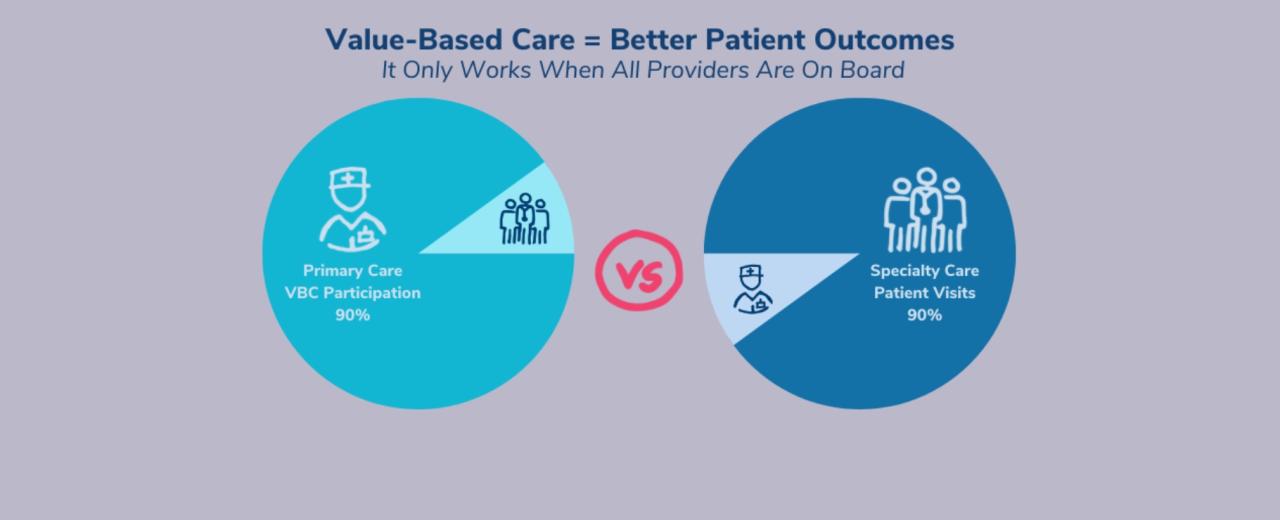Business Intelligence in Healthcare: Improving Patient Outcomes – Business Intelligence in Healthcare Improving Patient Outcomes is a vital topic in today’s fast-evolving medical landscape. As healthcare systems strive for efficiency and effectiveness, the integration of business intelligence tools has emerged as a game-changer. This innovative approach not only enhances decision-making processes but also significantly impacts patient care and outcomes, ultimately leading to a more responsive and personalized healthcare experience.
By harnessing data analytics and real-time information, healthcare providers can identify trends, optimize resource allocation, and improve patient engagement. With the growing emphasis on quality care, understanding the intricacies of business intelligence within the healthcare sector is essential for both practitioners and patients alike.
In the digital age, where information is abundant and easily accessible, the art of writing remains a powerful tool for communication, persuasion, and expression. Writing is not just about stringing words together; it’s about crafting a message that resonates with readers, whether in a blog post, an article, or even a casual email. In this article, we will explore the nuances of writing and how to effectively engage your audience, while providing practical tips that can enhance your writing skills.To begin with, let’s consider the importance of understanding your audience.
Knowing who you are writing for is crucial in shaping the tone, style, and content of your piece. Are you addressing professionals in a specific field, or are you communicating with a general audience? Each demographic has its own preferences and expectations. For instance, writing for a corporate audience may require a more formal tone, while a casual blog post can embrace a friendlier, conversational style.
Understanding your audience allows you to tailor your message to meet their needs and interests, making your writing more effective.Once you have a grasp on your audience, the next step in effective writing is organization. A well-structured piece not only makes it easier for readers to follow your thoughts but also enhances the overall flow of the content. Start with a clear introduction that Artikels the main idea or purpose of your writing.
This sets the stage for what is to come and grabs the reader’s attention. Following the introduction, use headings and subheadings to break up the text into manageable sections. This not only makes your article more visually appealing but also helps readers navigate through your ideas seamlessly.Now, let’s dive into the heart of your writing – the content itself. Whether you are writing an informative article, a persuasive piece, or a narrative story, your content should be engaging and relevant.
Use anecdotes, examples, and evidence to support your arguments and make them more relatable. People connect with stories; therefore, if you can weave a narrative into your writing, you will likely hold your reader’s attention longer. Additionally, don’t shy away from using vivid language and descriptive phrases. Paint a picture with your words, allowing your readers to visualize the concepts you are discussing.Another essential aspect of writing is clarity.
Your goal should always be to communicate your ideas as clearly as possible. Avoid jargon or overly complex language that may confuse your readers. Instead, opt for simple yet powerful words that convey your message effectively. Remember, writing is not about showcasing your vocabulary; it’s about ensuring that your message is understood. If a sentence feels convoluted, take a moment to revise it.
Sometimes, less is more, and a straightforward approach can have a greater impact.Transitions play a crucial role in maintaining the flow of your writing. They serve as bridges between ideas, helping readers move smoothly from one point to the next. Use transition words and phrases like “furthermore,” “in addition,” “on the other hand,” and “as a result” to guide your audience through your narrative.
This not only enhances readability but also reinforces the connections between your thoughts, making your arguments more cohesive.As you near the conclusion of your piece, it’s essential to summarize your main points without simply repeating them. Instead, provide a fresh perspective or a call to action that encourages your readers to think further about the topic. This could be an invitation to explore additional resources, reflect on their own experiences, or engage in a discussion.
A strong conclusion leaves a lasting impression and can inspire your audience to take the next steps.Editing and proofreading are often overlooked but are vital parts of the writing process. After completing your first draft, take the time to review your work critically. Look for grammatical errors, awkward phrasing, and inconsistencies. Reading your content aloud can help you catch mistakes that might go unnoticed when reading silently.
Additionally, consider seeking feedback from others. A fresh pair of eyes can provide insights that you may have missed and help you refine your writing even further.Lastly, practice makes perfect. The more you write, the more you will develop your unique voice and style. Don’t be afraid to experiment with different formats, tones, and subjects. Whether you’re blogging, journaling, or writing essays, each piece contributes to your growth as a writer.

Embrace the journey, and remember that every writer has their own path; what works for one may not work for another. Find what resonates with you and let that guide your writing.In conclusion, writing is an essential skill that can open doors to countless opportunities. By understanding your audience, organizing your thoughts, crafting engaging content, maintaining clarity, utilizing transitions, and refining your work, you can elevate your writing to new heights.
Remember to keep practicing, and don’t hesitate to share your voice with the world. Your words have the power to connect, inspire, and impact others in ways you may never fully realize.



